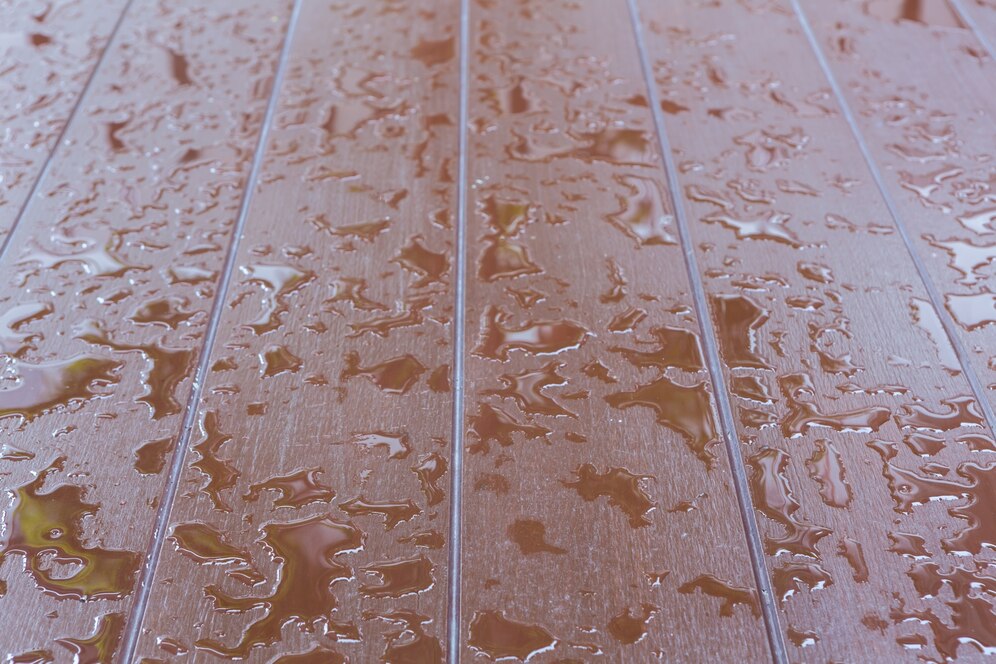Encountering a puddle near your outdoor air conditioning unit might prompt initial concern, but it’s important to stay calm. While it could indicate a potential issue with your air conditioner, it’s a manageable situation. Our team has dealt with this scenario countless times and possesses the expertise to address it effectively.
Understanding the Source of Water Buildup
The presence of water near your outdoor unit is a natural consequence of how air conditioning systems operate. Similar to the water puddles that form beneath a car after using the air conditioner, it’s a byproduct of the cooling process.
Central air conditioning systems function by removing heat from your home, not just circulating cool air. The outdoor compressor extracts moisture and heat from inside your home, which is then transferred to the indoor coil. During this exchange, moisture condenses on the coil and drips into a condensate pan underneath, ultimately draining outdoors through a drain line.
Common Causes of Water Puddles:
- Blocked Drain Line: Accumulation of dirt, mold, algae, or bacteria can obstruct the drain line. Attempting DIY remedies with excessive force or chemical cleaners can exacerbate the issue.
- Cracks in Pan or Drain Line: Even small cracks may go unnoticed but can contribute to water leakage.
- Air Leakage: Poor seals on the outdoor unit can allow warm outdoor air to infiltrate, leading to condensation and excess moisture.
- Cool Outdoor Temperatures: Running the air conditioner in colder weather can impede water evaporation, causing puddles or even ice formation.
- Improper Installation: Units placed on uneven surfaces may experience water leakage.
Prioritize Annual Maintenance
Regular air conditioning tune-ups are crucial for detecting and addressing potential issues, including inspecting the condensate drain. Preventive maintenance is more cost-effective than repairs, as minor problems can be resolved before escalating into major issues.
During maintenance checks, our team follows industry recommendations, including:
- Inspecting thermostat settings and controls
- Tightening electrical connections and assessing motor voltage and current
- Lubricating moving parts
- Cleaning evaporator and condenser coils
- Adjusting blower components
- Checking refrigerant levels
By staying proactive with maintenance, you can ensure your air conditioner operates efficiently and avoid costly repairs down the line.

